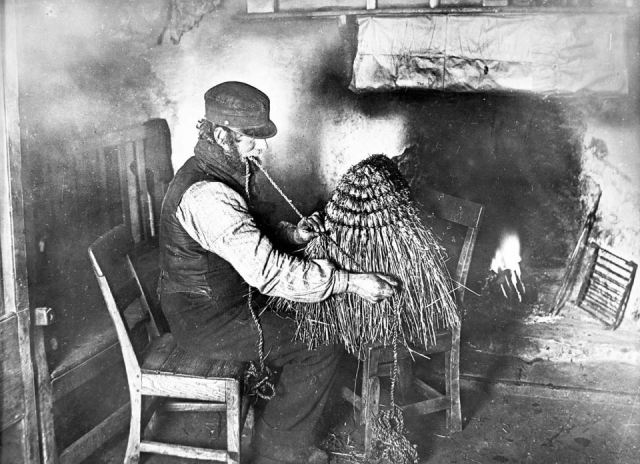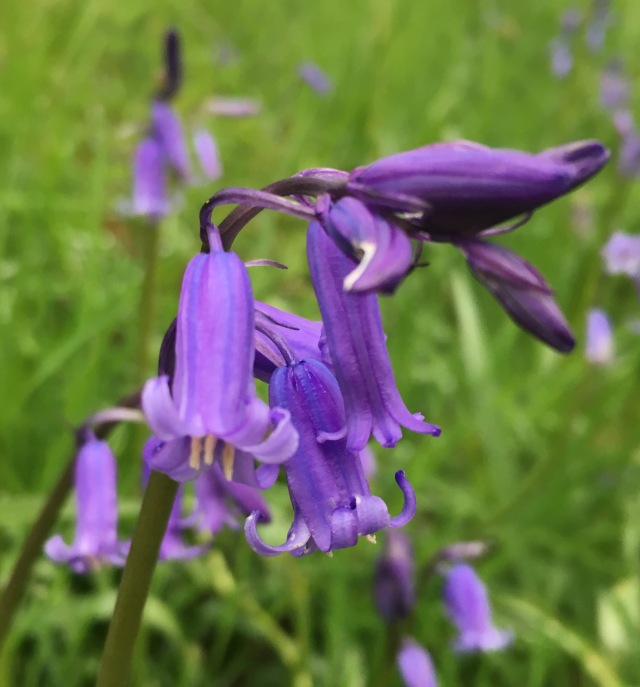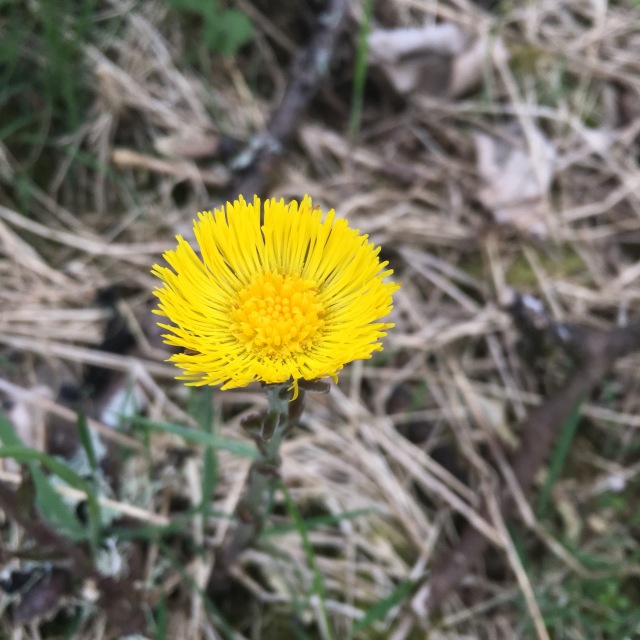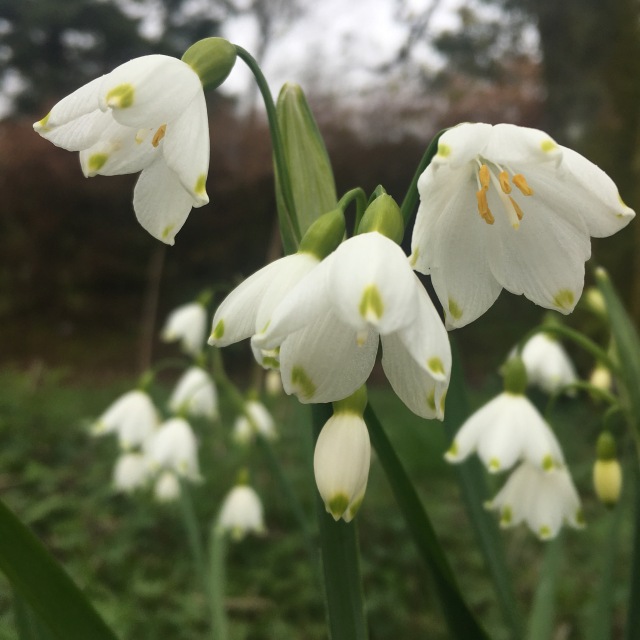
Here are some edible plants I have been munching on up in Orkney and Shetland these past two weeks. Been guiding with About Argyll Walking holidays who run week long walking tours in the northern isles.
I have to say a big thanks to Dr Carol West for teaching me so much about plants last week. Carol – from New Zealand – is an ecologist and expert in managing invasive species. Thanks Carol.
Dandelion (Taraxacum officinale Asteraceae). You can eat the flowers, leaves and roots. Kinda bitter tasting though.
Scurvy grass (Cochlearia officinalis Brassicaceae). The heart shaped waxy leaves are very nice to eat and high in vitamin C.
Orache (Atriplex). The leaves are good to eat. Salty taste.
Chickweed (Stellaria media Caryophyllaceae). You can eat the flowers, leaves and stalks. Slightly salty taste, light and fresh. Saltiness may have been because…
View original post 267 more words







 European Larch
European Larch  BluebellHyacinthoides non-scripta
BluebellHyacinthoides non-scripta Colt’s-footTussilago farfara
Colt’s-footTussilago farfara Loddon LilyLeucojum aestivum
Loddon LilyLeucojum aestivum Wood SorrelOxalis acetosella
Wood SorrelOxalis acetosella Wavy BittercressCardamine flexuosa
Wavy BittercressCardamine flexuosa GorseUlex
GorseUlex Wood Anemone
Wood Anemone  Cookcoo Flower
Cookcoo Flower  Yellow…
Yellow…
 Common LimeTilia x europaea – Lime tree buds are dark red in colour and on opposite sides of the twig. Notice how the twig branches off at an angle after each bud. Lime trees are very common in parks in Scotland.
Common LimeTilia x europaea – Lime tree buds are dark red in colour and on opposite sides of the twig. Notice how the twig branches off at an angle after each bud. Lime trees are very common in parks in Scotland. ElderSambucus…
ElderSambucus…

